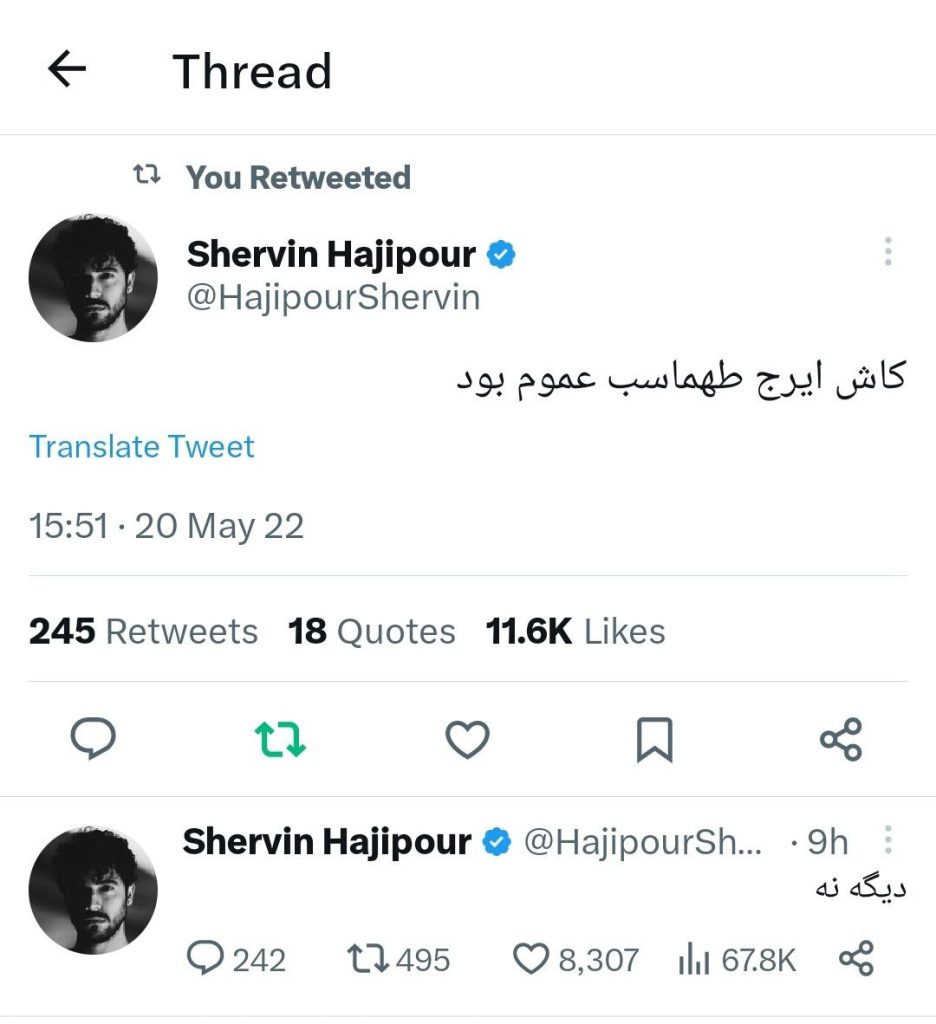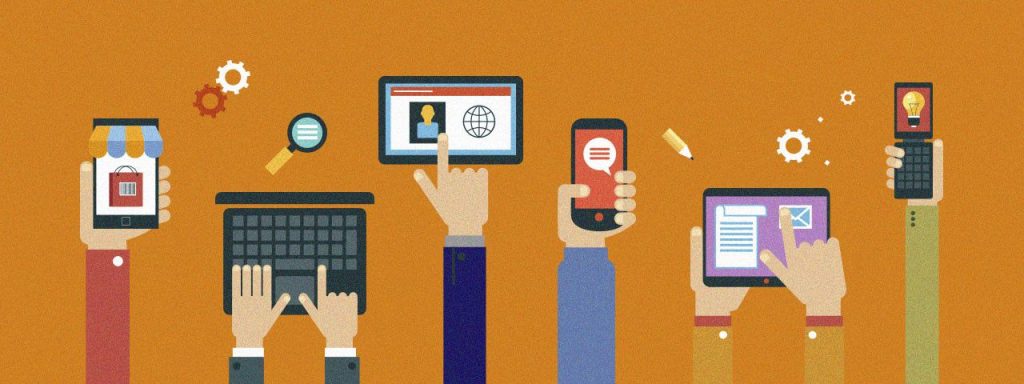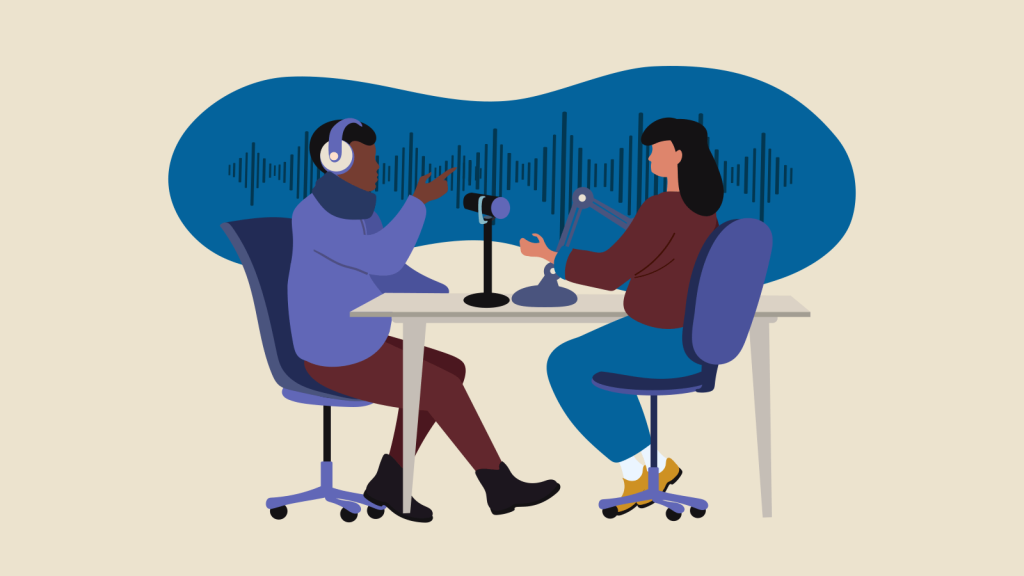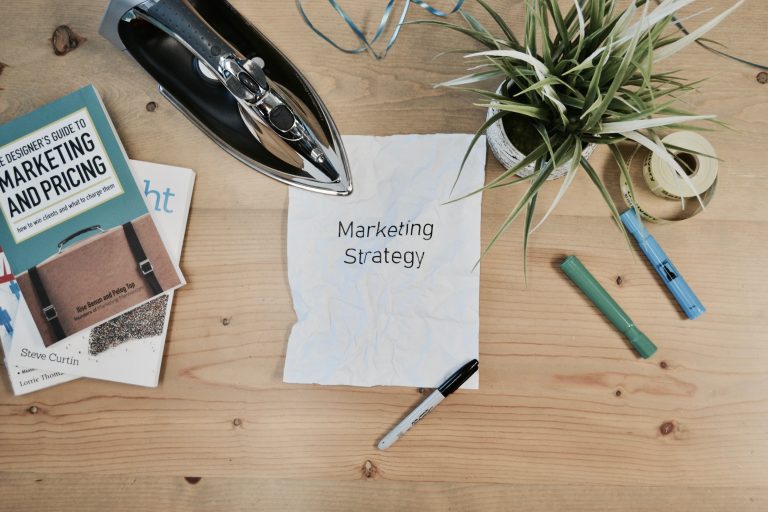The Power of Mindful Eating: How It Changed My Life for the BetterThe Power of Mindful Eating: How It Changed My Life for the Better

Mindful eating has transformed my life as someone who used to eat a lot of sugar. It’s been a journey, but today I feel healthier, happier, and more in tune with my body than ever before. In this article, I’d like to share my experience with mindful eating, how it’s helped me overcome binge eating and sugar addiction, and its benefits to my mental and physical health.
My journey with food and how it led me to mindful eating
I’ve always had a sweet tooth. As a child, I would beg my parents for candy and chocolate. I continued to indulge in sugary treats throughout my teenage years and adulthood. However, my love of sugar soon turned into an addiction. I always craved sweets, and I often binge on candy, cookies, and ice cream until I felt sick.
At first, I didn’t see a problem with my eating habits. I thought it was just a harmless indulgence. But as time passed, I began noticing the adverse effects on my health. I gained weight, my energy levels were low, and I struggled with mood swings and anxiety.
The problem with sugar and binge eating
It wasn’t until I started researching the effects of sugar on the body that I realized just how harmful my eating habits had become. Not only does sugar contribute to weight gain and obesity, but it’s also linked to a host of other health problems, including diabetes, heart disease, and cancer.
Binge eating, too, can have severe consequences for both physical and mental health. It leads to weight gain and other health problems and can also cause feelings of guilt, shame, and low self-esteem.
What is mindful eating, and how does it work?
Mindful eating is a practice that involves paying attention to the present moment and being fully aware of the food you’re eating. It’s about tuning into your body’s hunger and fullness signals and eating in a way that nourishes both your body and mind.
To practice mindful eating, you need to slow down and savour each bite. Take the time to notice your food’s texture, flavour, and aroma, and pay attention to how your body feels as you eat. This can help you become more aware of your eating habits and make healthier choices.
My experience practicing mindful eating during the Covid pandemic
I started practicing mindful eating during the Covid pandemic when I struggled with anxiety and stress. I realized that my eating habits were making things worse, and I decided to make a change.
At first, it wasn’t easy. First, I had to learn to resist the urge to binge on sugary treats and retrain my brain to crave healthier foods. But as I continued to practice mindful eating, I found it easier and more natural.
The benefits of mindful eating on mental and physical health
The benefits of mindful eating are numerous and far-reaching. Not only can it help you lose weight and improve your physical health, but it can also have a positive impact on your mental well-being.
For me, one of the biggest benefits of mindful eating is reduced anxiety and stress. By tuning into my body’s hunger signals and eating in a way that nourishes me, I feel more relaxed and centred.
Saying goodbye to fast food and embracing a low-carb diet
As I continued to practice mindful eating, I found that my taste buds began to change. I started to crave healthier foods, like fruits and vegetables, and I began to lose my taste for sugary treats.
I also started to say goodbye to fast food and embrace a low-carb diet. This helped me lose weight, improved my energy levels, and gave me a greater sense of overall well-being.
The impact of mindful eating on my hair and skin
Another unexpected benefit of mindful eating has been the impact on my hair and skin. By eating a healthy, balanced diet, I’ve noticed that my skin is clearer and more radiant, and my hair is stronger and shinier.
Tips for practicing mindful eating
If you’re interested in trying mindful eating for yourself, here are a few tips to get started:
· Slow down: Take the time to savour each bite and fully experience your food.
· Tune in to your body: Pay attention to your hunger and fullness signals, and eat in a way that nourishes you.
· Avoid distractions: Turn off the TV and put away your phone while you eat.
· Listen to your cravings: If you’re craving something sweet, try satisfying it with a piece of fruit or dark chocolate.
Overcoming challenges and staying committed to mindful eating
Like any new habit, practicing mindful eating can be challenging at first. But with persistence and dedication, it can become a natural part of your daily routine.
To stay committed to mindful eating, it’s essential to be kind to yourself and not beat yourself up if you slip up. Remember that every meal is a new opportunity to practice mindfulness and make healthy choices.
Conclusion: The transformative power of mindful eating
In conclusion, mindful eating has truly transformed my life for the better. By paying attention to the present moment and being fully aware of my food, I’ve overcome binge eating and sugar addiction and improved my mental and physical health.
If you’re struggling with your eating habits, I encourage you to try mindful eating. It may take some time to get used to, but the benefits are well worth the effort.
So why not start today? Take a deep breath and savour the first bite of your next meal. You always need to find out where it might take you.























